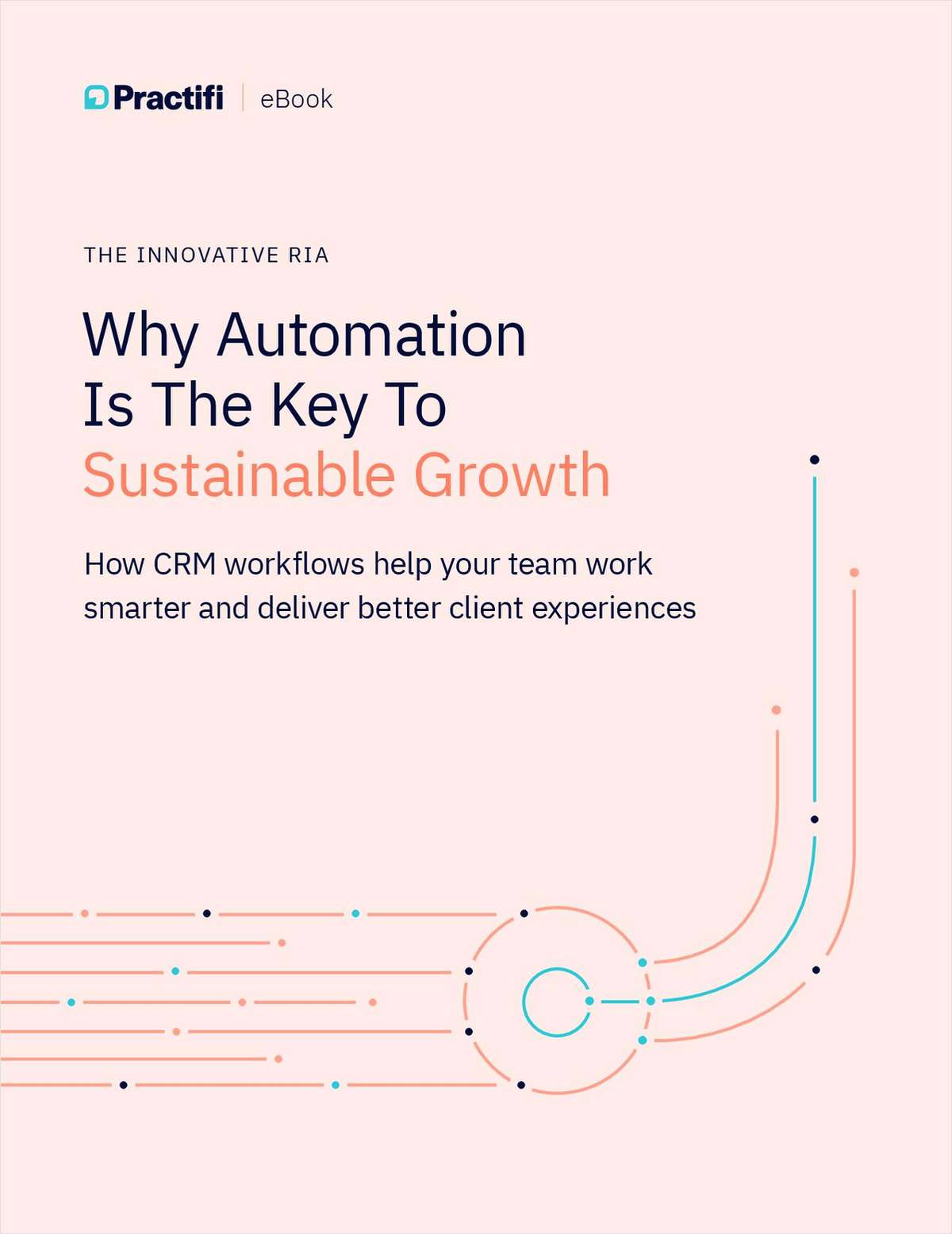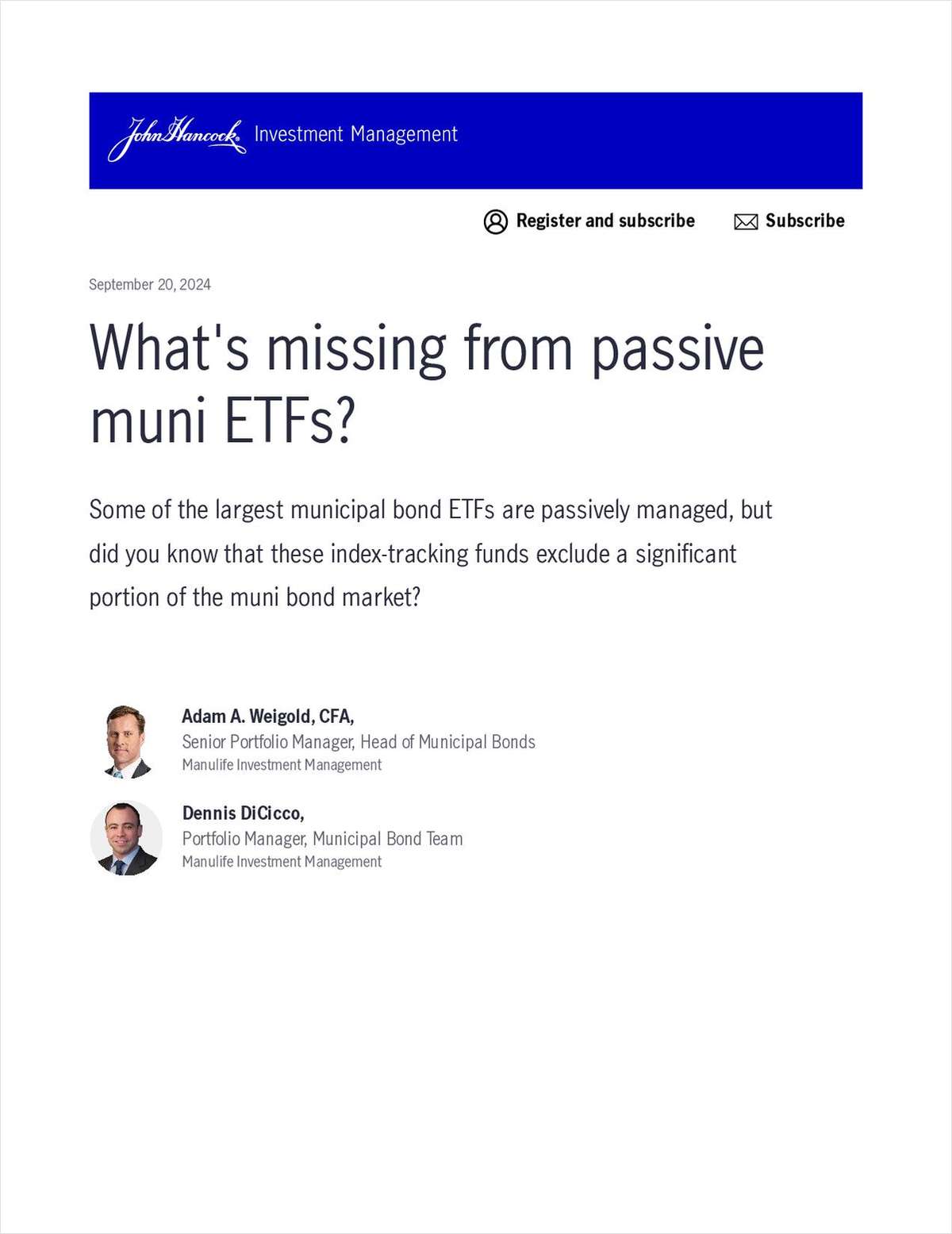
Morningstar identifies a new “safe” fixed withdrawal rate as one of the key takeaways from its updated annual State of Retirement Income report.
In addition, this year’s report digs into several potential retirement withdrawal strategies that can help savers make the most of their nest egg in retirement.
The new report suggests that investors seeking to maintain a spending rate that is annually adjusted for inflation during a 30-year retirement should start with withdrawals of just 3.7% — a small but meaningful decline from the 4.0% figure reported last year.
The current figure is substantially higher than the 3.3% projection made in 2021 but is lower than the 3.8% figure projected in 2022. The reduction from last year, according to a team of Morningstar researchers led by Christine Benz, is due primarily to higher equity valuations and slightly lower bond yields.
Spending at these rates is meant to provide at least a 90% probability that the saver's portfolio won’t run short of funds during a three-decade retirement period. Notably, retirees who want to maximize their lifetime spending in retirement “can and should explore alternative approaches,” according to the researchers.
The Morningstar team also urges savers and their financial advisors to explore how portfolio-withdrawal strategies can work hand in hand with other ways of increasing lifetime income — namely, delaying Social Security, setting up a laddered portfolio of Treasury inflation-protected securities or purchasing an annuity.
“We found that employing such strategies helps enlarge lifetime income,” Benz explains in a summary of the new report. “Moreover, seeking out stable sources of in-retirement cash flows can help offset the cash flow volatility inherent in flexible spending systems.”
Why 3.7% Withdrawals?
As noted, Morningstar’s lower base case of 3.7% is due primarily to higher equity valuations and slightly lower bond yields.
“The expectations for future portfolio returns fell based on the capital markets assumptions put together by our colleagues in Morningstar Investment Management,” Benz explains. “The anticipated 30-year returns for stocks and bonds were slightly lower in this year’s research compared with the previous year.”
More muted return expectations depress starting safe withdrawal percentages for the base case, which assumes a portfolio equity weighting of between 20% and 50%.
“Because of the higher volatility associated with higher equity weightings, boosting stocks detracts from the starting safe withdrawal percentage rather than adds to it,” Benz notes.
Naturally, savers who retire at older ages and who expect a retirement period shorter than 30 years can plan to spend more, with the projected safe withdrawal rates ranging up to almost 10% in some cases considered in the report.
The Role of Flexibility
As in prior years, the report considers the potential benefits of more flexible spending strategies that see savers make regular adjustments throughout their retirement journey.



